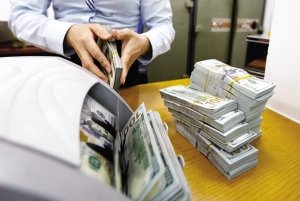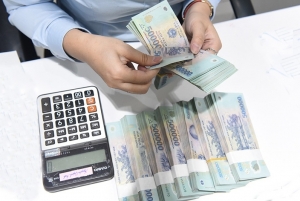INTERNATIONAL INVESTMENT
AND PORTAL
 Suan Teck Kin The General Statistics Office has released Vietnam's economic results for Q1 of this year with GDP growth of 5.66 per cent on-year. This figure is close to the 5.5 per cent growth forecast by UOB. Does this show Vietnam's economy is on the road to recovery this year?
Suan Teck Kin The General Statistics Office has released Vietnam's economic results for Q1 of this year with GDP growth of 5.66 per cent on-year. This figure is close to the 5.5 per cent growth forecast by UOB. Does this show Vietnam's economy is on the road to recovery this year?
Vietnam’s real GDP grew 5.66 per cent on-year in Q1, extending the 6.72 per cent on-year gain in Q4 last year, and well ahead of the 3.41 per cent gain in the same quarter of 2023, marking the best Q1 performance from 2020 to 2023.
The robust outcome in early 2024 sets a positive tone for the rest of this year after a challenging 2023. The recovery in the semiconductor cycle, stable growth in China and the region, and the likely easing of monetary policy by major central banks in the months ahead support the outlook for the year. We reaffirm our growth forecast for Vietnam at 6.0 per cent for 2024.
International visitors to Vietnam are expected to surpass 4.6 million in Q1, up 72 per cent on-year, and 3.2 per cent more compared to pre-Covid 2019. How does this growth compare to other regional tourism markets, and will this trend continue in the near future?Vietnam has done well relative to other ASEAN countries. For example, Singapore’s January-February visitor arrivals were 8 per cent below the same period in 2019, while Thailand was down 13 per cent, and Indonesia dropped 22 per cent (only January data available).
Further away, Hong Kong was 37 per cent below 2019 levels, while Taiwan was 33 per cent down (January data only). Only South Korea (21 per cent up over 2019) and Japan (3.4 per cent) did well in Q1, but they are traditionally very popular markets.
One main factor is the reopening and normalisation of travel after COVID-19, and more importantly, the markets must be welcoming to visitors, with the availability of attractive products, safety, ease of access, making payments, and transport.
Vietnam's import-export value reached $178.04 billion in Q1, up 15.5 per cent on-year. The country's trade surplus was $8.08 billion during the period. Is this a sign that external trade has recovered?One key driver for the robust growth outcome in Q1 this year was external trade, with both exports and imports rising at the fastest pace since 2021, boosted by strong demand for products such electronics and phones.
The upswing in semiconductor sales since mid-2023 suggests that momentum is likely to continue further.
Based on January-February 2024 data, the US remained Vietnam’s largest export market, accounting for a 28 per cent share, followed by China at 14 per cent, South Korea at 7 per cent, and Japan at 6 per cent.
This pattern is similar to 2023, with the US accounting for 27 per cent share of Vietnam’s exports, followed by China at 17 per cent, and South Korea at less than 7 per cent.
In terms of imports, China was the largest source in the first two months of this year, representing an overwhelming 36 per cent share, followed by South Korea at 15 per cent, Japan at 7 per cent, Taiwan at 6 per cent, and the US at 4 per cent.
Data in the US has been positive, and this is likely to continue when the Federal Reserve (Fed) starts to cut interest rates.
We expect China’s growth to be steady this year at 4.5 per cent, and that will be positive for trade between the two countries.
Registered and disbursed FDI volumes in Vietnam in Q1 both showed on-year increases amid economic fluctuations. Why do you think FDI appeal in Vietnam is still increasing? Is this a general trend in ASEAN?FDI data suggests that businesses continue to view Vietnam as an important investment destination in the mid to long term, amid the ongoing reconfiguration of global supply chains.
The increase in both realised and registered FDI inflows will boost domestic activities including construction and employment.
This also confirms foreign enterprises’ confidence and commitment to the country in the current wave of deglobalisation, de-risking, and supply chains shifts.
The same can be said for other ASEAN countries as well, but it will vary from country to country.
For example, Vietnam has advantages in the electronics/mobile devices supply chain because of its large young labour force and stable government policies, whereas Thailand has the advantage in electric vehicles and related sectors. Indonesia leads in mining and processing, while Malaysia is more focused on the upstream electronics sector due to its relatively smaller labour force.
As of March 25, Vietnam's credit growth had reached 0.26 per cent while interest rates have remained low. Why do you think credit growth has not accelerated more?Weak credit demand is multifold and may need some time to return to normalcy. One factor is due to the number of companies exiting in 2023.
According to the Ministry of Planning and Investment, in the first half of 2023, the number of enterprises suspending business amounted to 60,200, an increase of 18.2 per cent on-year. Meanwhile, there were a further 31,000 enterprises shutting down waiting for dissolution procedures, and 8,800 enterprises completing dissolution procedures, increases of 28.9 per cent and 2.8 per cent, respectively, over the same period last year.
On average, every month in the first half of 2023, 16,700 businesses withdrew from the market. At the same time, the downturn in the property market resulted in a 7.7 per cent decline in companies in the real estate sector, while newly opened businesses in the sector fell by 45 per cent in 2023.
The USD surged 3.97 per cent in Q1 over the same period last year. Does UOB have any forecasts for USD fluctuations in the near future?We expect USD strength to begin to ease in the months ahead, provided that the Fed starts to lower interest rates in June and the State Bank of Vietnam holds interest policy unchanged. If that’s the case, we see the VND strengthening against the USD towards VND24,000 by the end of 2024.
 Expert predictions on forex in 2024
Expert predictions on forex in 2024
Experts forecast a more moderate exchange rate movement in 2024 despite current stormy conditions.
 Export picture brightening in Q1
Export picture brightening in Q1
Export performance in the first quarter of this year has exposed bright spots with diverse sectors managing positive growth. Businesses, however, have also spotted ‘dark areas’ and need to come up with suitable remedies.
 Banks eye rosier prospects in Q1
Banks eye rosier prospects in Q1
The banking sector has witnessed an inspiring profit picture in the first quarter of this year as the economic rebound takes a stronger foothold.



















